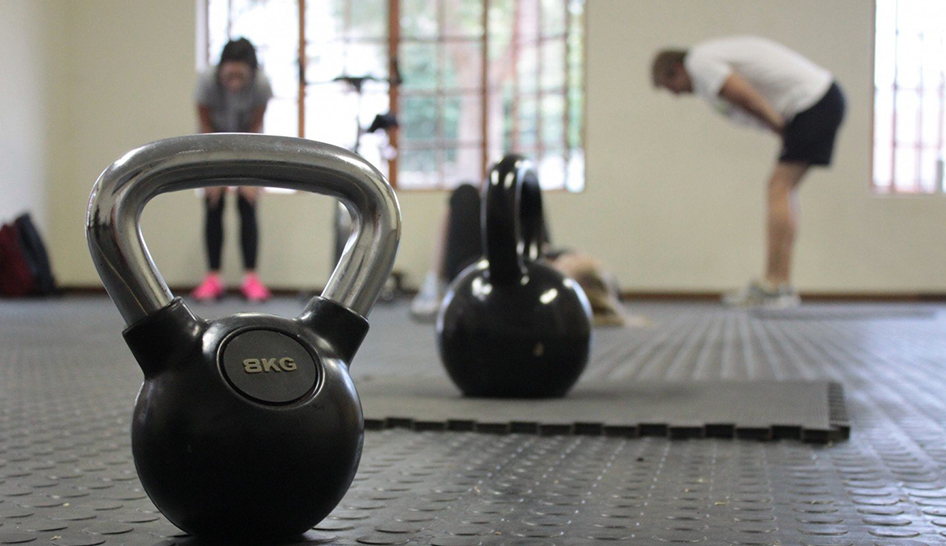Every November during National Diabetes Month, discourse focuses on all the ways that physical activity and a healthy diet can help people with diabetes manage blood glucose.
This advice is great, but when we talk about diabetes we tend to automatically think of Type 2 diabetes. And while exercise can help treat and prevent Type 2 diabetes, it’s important to remember physical activity can also benefit people with other types of diabetes that can get less attention.
Type 1 diabetes, in which the body’s immune system attacks insulin producing cells, accounts for 10% of diabetes cases—that's 1.25 million people—in the U.S. And gestational diabetes, in which insulin resistance affects expectant mothers, affects up to 10% of U.S. pregnancies every year.

